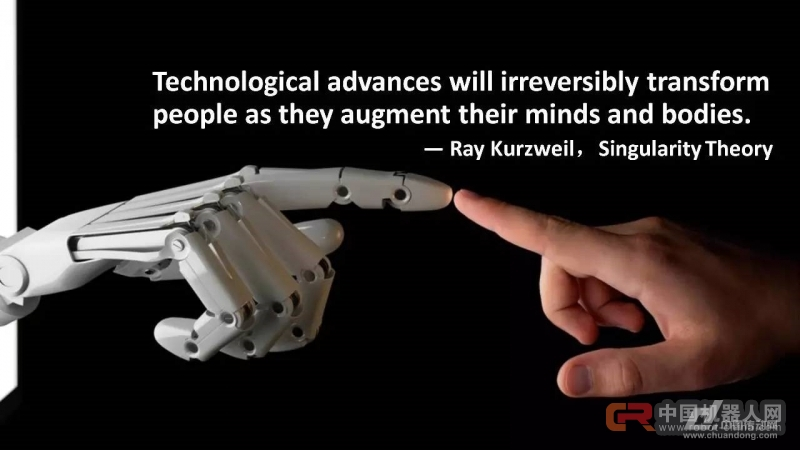In recent years, the agricultural sector has witnessed a significant transformation driven by various factors such as labor shortages, rising demands for industrial upgrades, and rapid advancements in cutting-edge technologies. As a result, agricultural robots are expanding their applications across diverse farming operations. These robots are no longer just simple tools; they have evolved into sophisticated, intelligent systems that are helping to realize new concepts like "unmanned farms." The future of this industry looks incredibly promising.

Today, innovations in artificial intelligence, big data, and the Internet of Things are reshaping the way we approach agriculture. The traditional mechanized model is being replaced by a more digital and precise system. Advanced technologies are now enabling farmers to make better decisions, leading to more efficient and sustainable practices. This shift marks the arrival of a high-end, intelligent stage in agriculture.
As part of the "smart agriculture" movement, agricultural robots are playing an increasingly vital role in automating and digitizing farming processes. They are now capable of performing a wide range of tasks, including sowing, planting, cultivating, harvesting, weeding, sorting, and packaging. These robots are widely used in areas such as autonomous tractors, drones, material handling, crop management, soil monitoring, and livestock care.
Japan leads the global race in agricultural robotics. With its aging population and shrinking rural workforce, Japan has been at the forefront of developing robotic solutions to address these challenges. The number of people working in agriculture has dropped to around 1.59 million, with an average age of 67. In response, Japan has invested heavily in automation.
One notable example is Kubota Corporation, which developed the first prototype of an automatic rice tractor. Equipped with GPS technology, it can plow and fertilize based on soil conditions. Additionally, Kubota is working on wearable devices designed to assist older and female farmers in harvesting fruits and vegetables. Meanwhile, other Japanese companies are exploring robotic versions of combine harvesters and transplanters.
In Europe and the United States, agricultural robots are also making waves. For instance, U.S. companies have created fertilization robots that apply nutrients precisely based on soil conditions, reducing costs and improving water quality. In Germany, field weeding robots use computer vision and GPS to target weeds without harming crops. The UK has developed a weeding robot that scans fields using cameras and performs tasks without damaging the soil.
Spain has introduced a citrus-picking robot that uses optical sensors and a computer to determine the ripeness of oranges before picking them. These innovations are paving the way for the concept of "unmanned farms," where entire operations—from planting to harvesting—are managed by machines.
Although the idea of unmanned farms isn't entirely new, modern agriculture has become far more complex than the traditional model of simply sowing and harvesting crops. Today, data-driven decisions are essential for managing different crop conditions, pest control, and nutrient application. As a result, the integration of agricultural robots is becoming a key trend in the industry.
Projects like "HandsFreeHectare," led by Harper Adams University and PrecisionDecisions, demonstrate how fully automated farming is becoming a reality. On a 1.5-acre plot, everything from planting to harvesting is done by robots, proving that human intervention is no longer necessary.
Martin Abell, head of PrecisionDecisions, stated, “This project shows that there’s no technical barrier preventing us from cultivating land without human involvement. We’re demonstrating that automation is not only possible but also highly effective.â€
Whether it's smart agriculture or drone-assisted farming, agricultural robots are at the center of this revolution. Market forecasts predict that by 2021, global sales of agricultural robots will surpass 14,000 units, generating over $2 billion in revenue. With such growth potential, the agricultural robotics sector is set to open up a new blue ocean in the farming industry.
Multi-Port HUB
Supports Type-C connections for all ports, faster data transfer and higher output power compared to traditional USB ports. Upgraded internal settings with built-in silent cooling fan and anti-short circuit switch. Enhanced safety protection for safe use while charging devices without causing damage to the charging device, with safety features such as anti-short circuit protection and over-voltage protection. Supports high speed data transfer, can transfer files quickly between devices. Excellent compatibility, can be used with most electronic devices, whether it is a smartphone, laptop or other electronic devices.
Multi-Port Hub,20 Port Charger,Usb Charger Station,20 Port Usb Hub
shenzhen ns-idae technology co.,ltd , https://www.best-charger.com